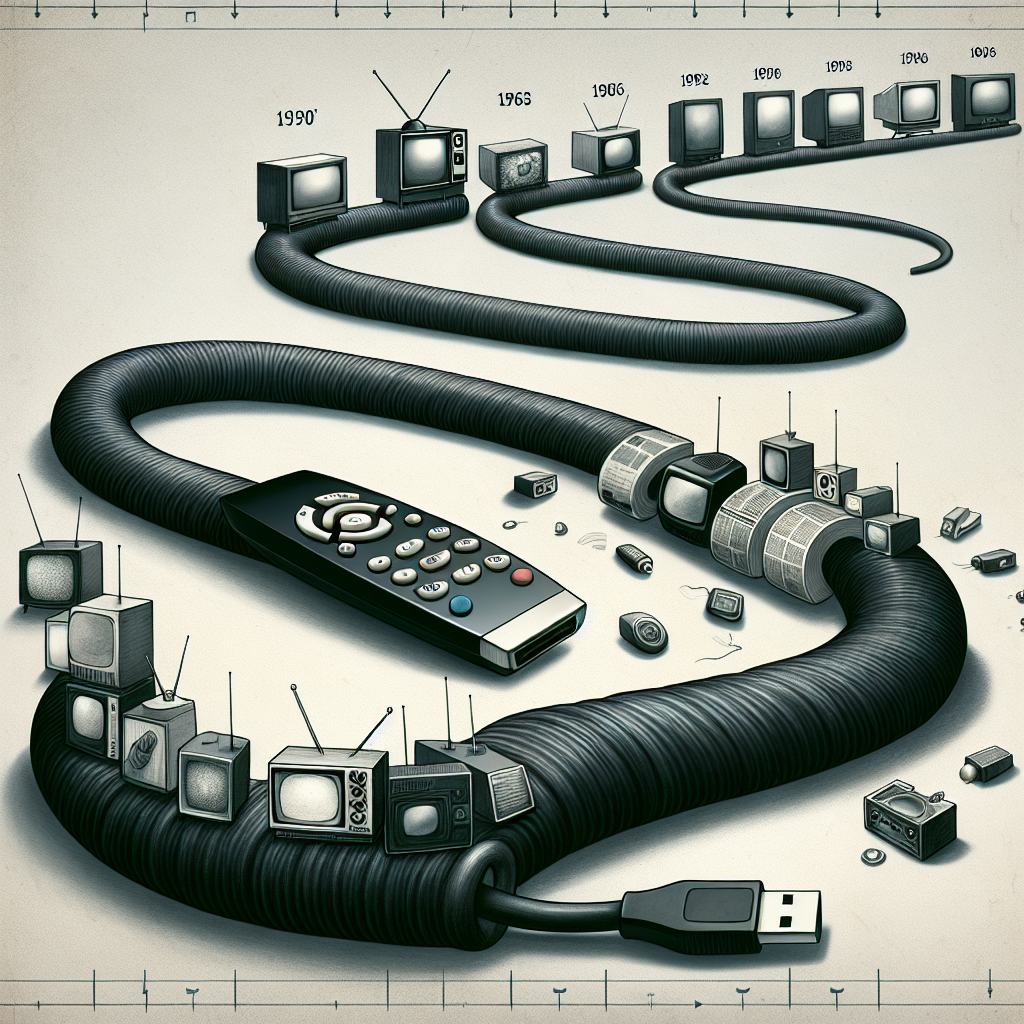Your cart is currently empty!
From Cable to IPTV: Understanding the Shift in TV Viewing

Television viewing habits have undergone a significant shift in recent years, with many consumers moving away from traditional cable TV services and towards internet-based IPTV (Internet Protocol Television) options. This transition has been driven by a combination of factors, including changing consumer preferences, advancements in technology, and the increasing availability of high-speed internet.
One of the primary reasons for the shift from cable to IPTV is the greater flexibility and customization options that IPTV services offer. With cable TV, viewers are limited to a set lineup of channels that are determined by the cable provider. This often results in paying for channels that are rarely watched, leading to frustration and dissatisfaction among consumers.
IPTV, on the other hand, allows viewers to choose from a wide range of channels and content packages, often on a pay-as-you-go basis. This means that consumers can select the channels that they actually want to watch, saving money and eliminating the need for expensive cable packages with unnecessary channels.
Another key advantage of IPTV is the ability to access content on multiple devices, including smartphones, tablets, laptops, and smart TVs. This level of flexibility allows viewers to watch their favorite shows and movies wherever they are, whether at home or on the go. Additionally, many IPTV services offer features such as on-demand programming, DVR capabilities, and interactive content, enhancing the overall viewing experience.
The shift from cable to IPTV has also been driven by advancements in technology, particularly the increasing availability of high-speed internet. With faster internet speeds becoming more widespread, streaming services like IPTV have become more accessible to a larger number of consumers. This has allowed for smoother playback, higher-quality video, and a more seamless viewing experience overall.
Furthermore, the rise of smart TVs and streaming devices such as Roku, Apple TV, and Amazon Fire TV has made it easier than ever for consumers to access IPTV services. These devices offer a user-friendly interface and easy integration with popular streaming apps, making it simple for viewers to switch from cable to IPTV.
Overall, the shift from cable to IPTV represents a significant change in how consumers access and consume television content. With greater flexibility, customization options, and accessibility, IPTV services are quickly becoming the preferred choice for many viewers. As technology continues to evolve and internet speeds improve, it is likely that this trend will only continue to grow in the years to come.

Leave a Reply